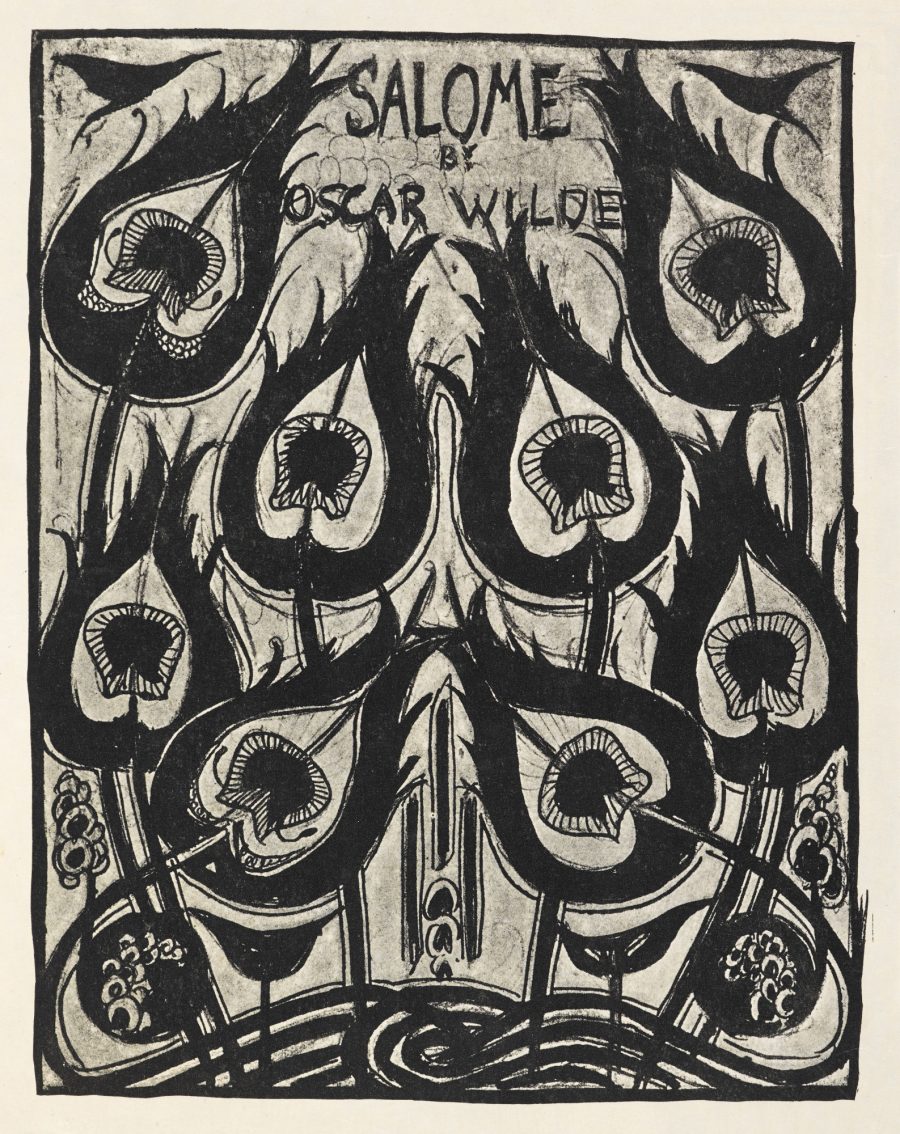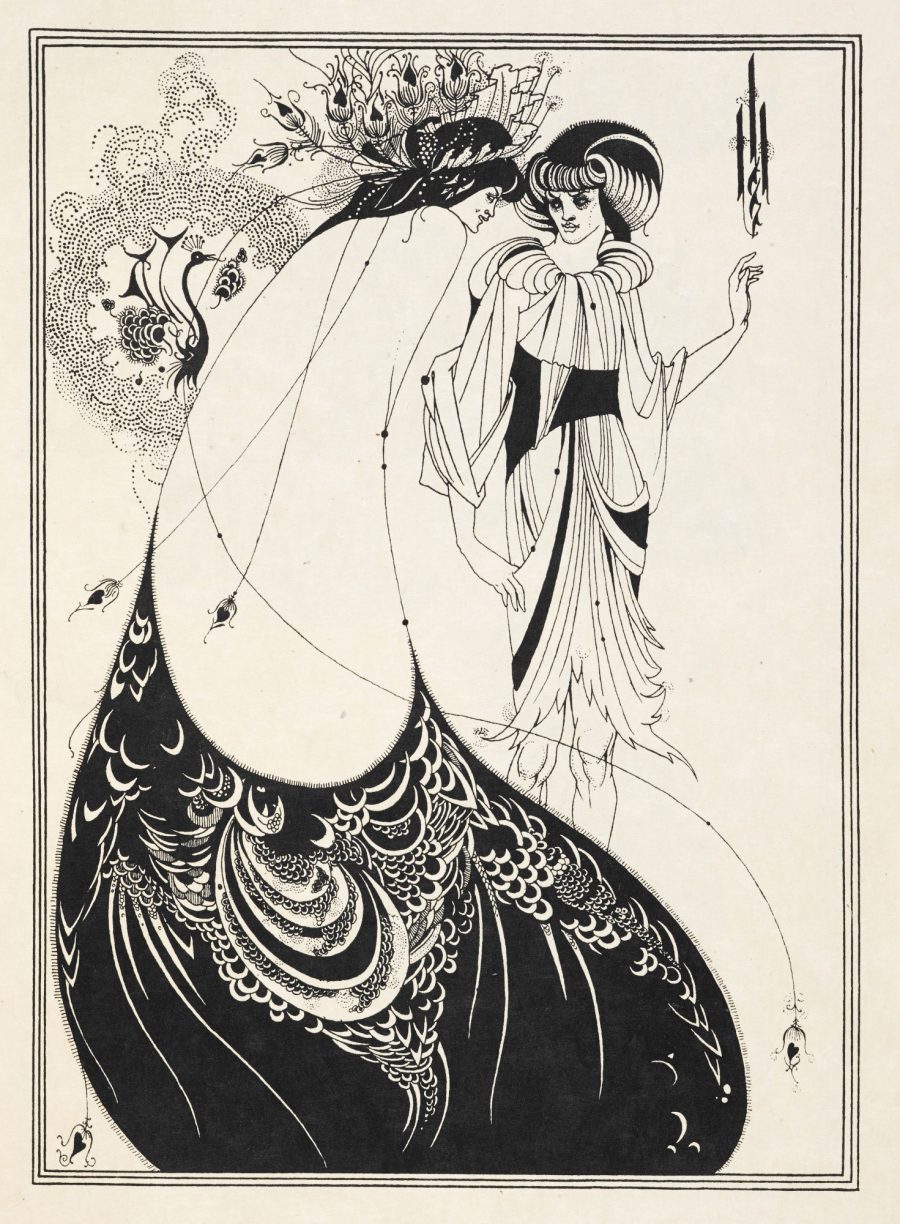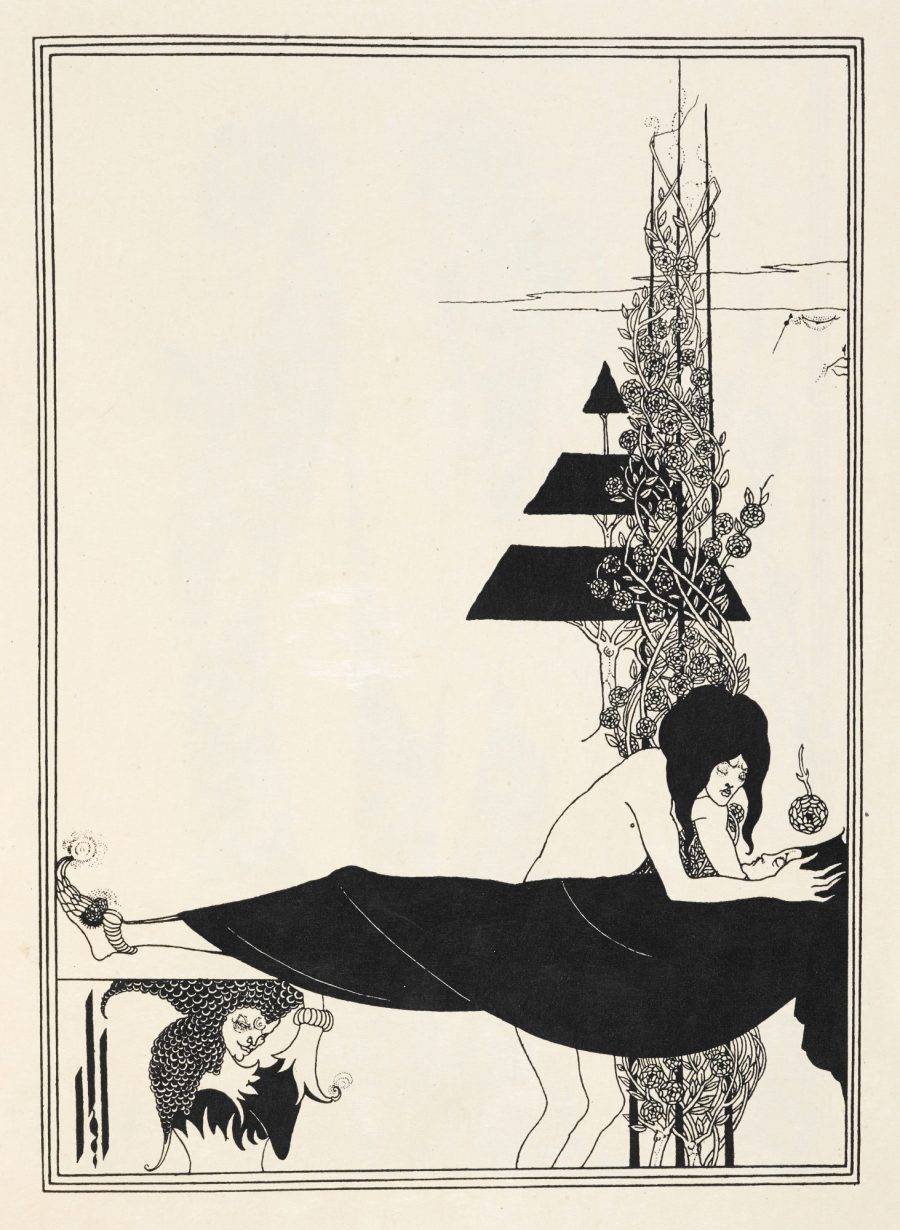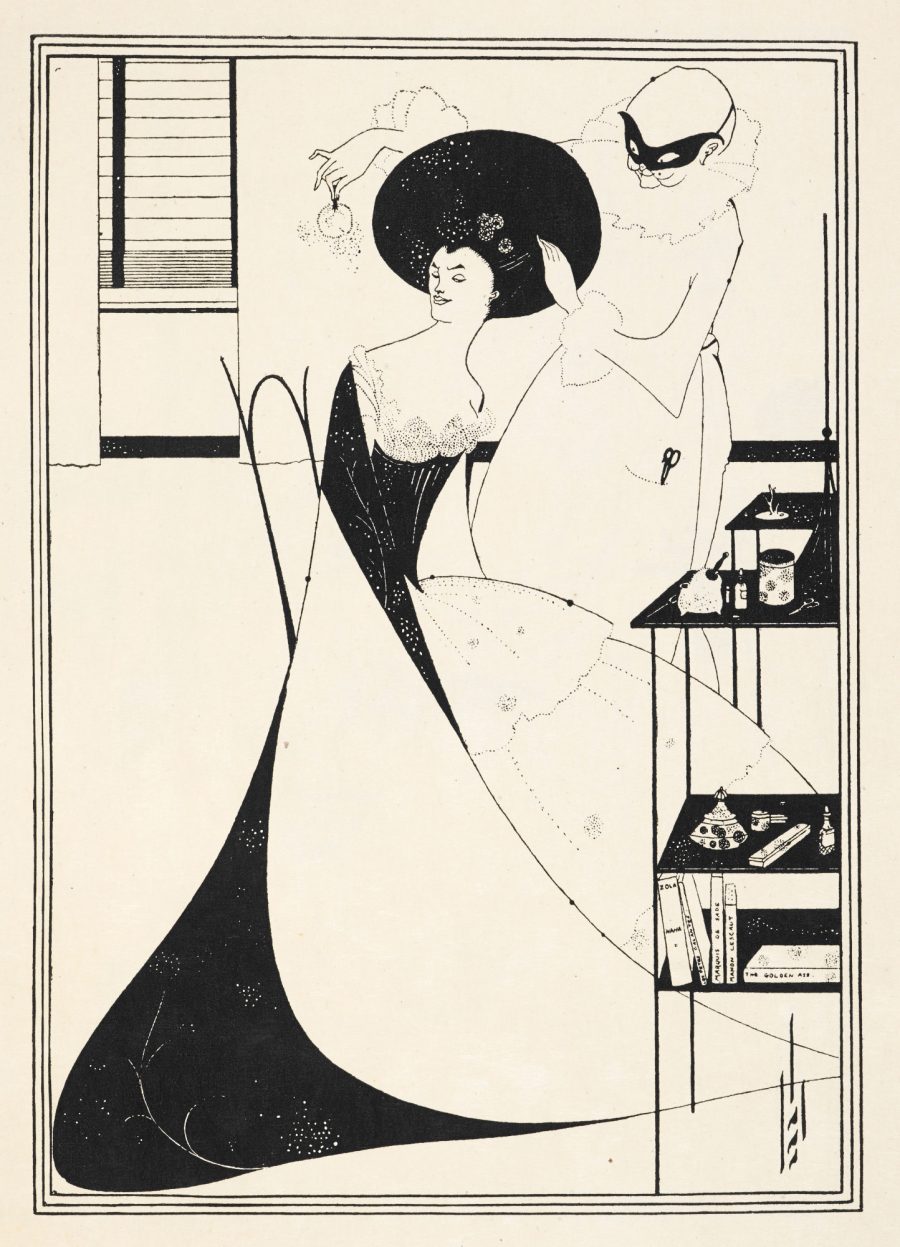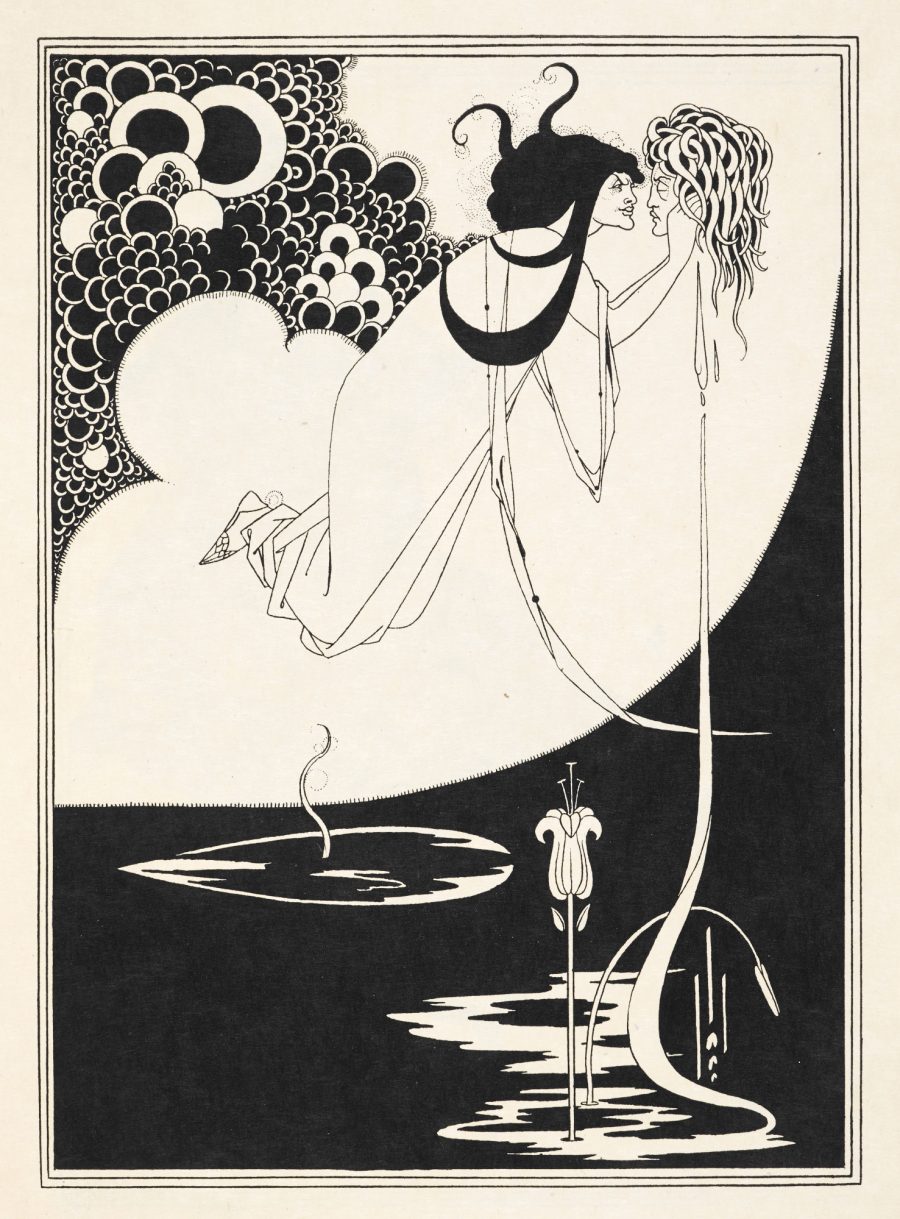Sooo…. Let’s talk Bernie Sanders. No, I don’t want to talk about Bernie vs. Hillary, or vs. an increasingly worrisome grandstanding demagogue whose name I need not mention. I don’t want to talk Bernie vs. a younger civil rights activist groundswell… No!
Let’s talk about Bernie Sanders the recording artist.
Yeah, that’s right, Bernie made a record in 1987, a spoken-word album of classic hippy folk songs like “This Land is Your Land,” “Where Have All the Flowers Gone,” and—fittingly given his roots as a civil rights campaigner—“We Shall Overcome,” also the title of the album. Sanders, a passionate democratic socialist and stalwart advocate for economic justice, was also so passionate about this music that he wanted to add his voice to the choir. “Apparently,” writes Dan Joseph at MRCTV, “everyone in Sanders’ inner circle thought the recording was a pretty good idea. That was until they realized that Sanders had no musical talent, whatsoever.”
This is no exaggeration. Gawker quotes Todd Lockwood, a Burlington musician who helped produce the record: “As talented of a guy as he is, he has absolutely not one musical bone in his body, and that became painfully obvious from the get-go.” Hell, it never stopped William Shatner, and Shatner is the go-to comparison for the Sanders’ awkward “singing.” (It’s “positively Shatneresque,” writes Dangerous Minds.) Hear for yourself above in the Sander-ization of Woody Guthrie’s “This Land is Your Land.”
Bernie earnestly reads the lyrics in his native Brooklyn accent over a backing track that sounds like an outtake from the frustratingly great/terrible Leonard Cohen/Phil Spector collaboration Death of a Ladies Man. The contrast between the overproduced music and Sanders’ heartfelt and completely unmusical delivery is pretty weird, to say the least. Hear several more samples above, from Todd Lockwood’s Soundcloud. And if for some reason you want to listen to the whole album, and pay for the pleasure, buy Sanders’ We Shall Overcome at Amazon.
Related Content:
Allen Ginsberg’s Handwritten Poem For Bernie Sanders, “Burlington Snow” (1986)
Neil Young’s New Album, The Monsanto Years, Now Streaming Free Online (For a Limited Time)
Josh Jones is a writer and musician based in Durham, NC. Follow him at @jdmagness

